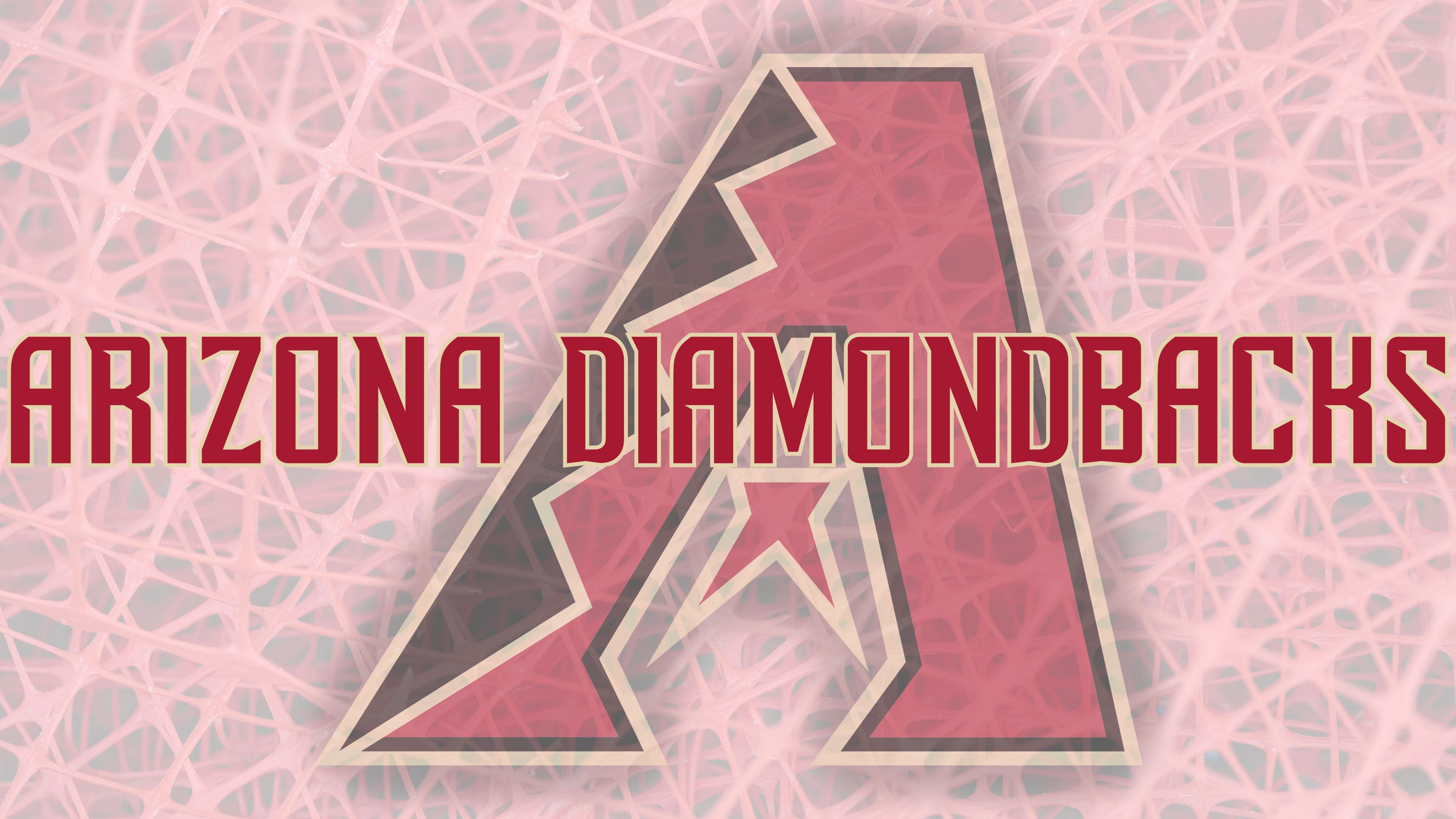
It’s possible that these two 26-year-old pitchers would have more success in the bullpen than as starters hidden in the minor league ranks.
Too many big league ready starting pitching prospects and not enough rotation spots provide a good situation for the Diamondbacks. Over the past two seasons, the team has seen a wave of pitching prospects make their debuts, and the following two will see plenty more come up the farm system. Therefore, some of these pitchers will need to be turned to relievers in order for them to help the squad.
They should commit to the process of shortening up for these two pitchers in 2024, in my opinion.
Ryne Nelson
Nelson will go up against two other pitchers for the fifth starting spot, but winning it will be difficult. The D-backs can now choose to either place him in the bullpen or option him to Triple-A Reno in order to keep him fresh. Nelson, who is currently mostly a two-pitch pitcher and worries about maintaining his best stuff in outings, would be far better off going with the latter option.
He can reduce his repertoire as a reliever to mostly be a two-pitch pitcher. He has a wipeout slider and a fastball with a starting velocity of 95–98 mph. The fastball’s nearly vertical form and above-average extension allow it to play better than its measured velocity. In 2023, opponents hit just.192 with a.257 wOBA, so the slider was a helpful out pitch. For the most part of the season, he struggled with his feel for the pitch, which left his fastball and lack of a third good pitch exposed.
Nelson might be used as a long reliever before being cut down, especially since the D-backs have two young starters in their Opening Day lineup. His material is more appropriate for brief relief, appearing in lineups just once. Nelson’s strikeout percentage increased to 25% as a reliever when he hit the order for the first time, from 17.7% to 7.0% as a starter. The position that most fits him is ultimately the transitional one between the starting and back end of the bullpen, where his ability to get up to 12 outs might be useful.
Bryce Jarvis
With Jarvis, the D-backs have previously investigated this method in 2023, with some degree of success in the main leagues. His makeup and ability to bounce back from outings quickly make him a viable option to pitch in the back of the bullpen in the future. As a starter, his only weakness is a 4-seam fastball that performs considerably below its 93–97 mph velocity. The fastball features one of the lowest spin rates in baseball with a natural sinking action.
Jarvis is a 2.5-pitch pitcher with a fastball that is hit harder than it should be. Pitchers like him will be penalised heavily several times through the order unless they can make improvements to their fastball. He has enough quality secondary pitches at his disposal as a reliever to keep hitters off the fastball. It’s doubtful that he remains around as a starter until he can figure out how to make his fastball more playable in the major leagues.
Jarvis is already 26 years old and might be further down the starting pitching depth chart, so it makes more sense to bring him up to the major leagues as a reliever. Nelson is another example. If not, they run the risk of spending too many shots in Triple-A Reno trying to find him a big league position while he’s still developing.

Be the first to comment